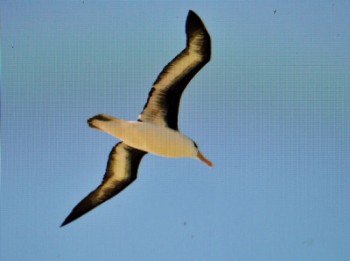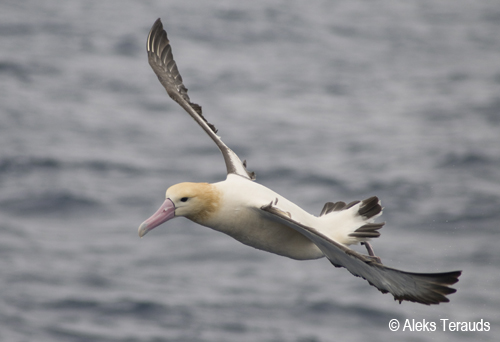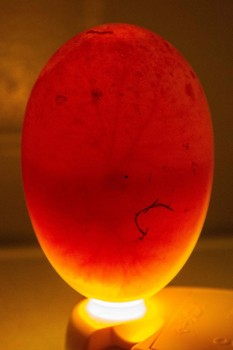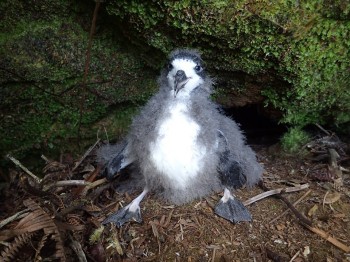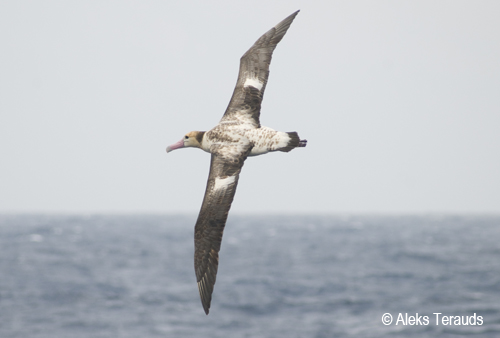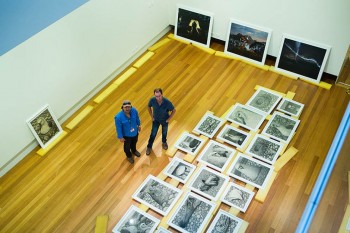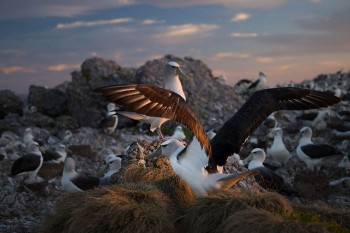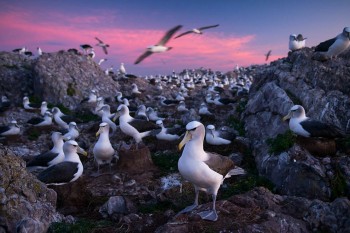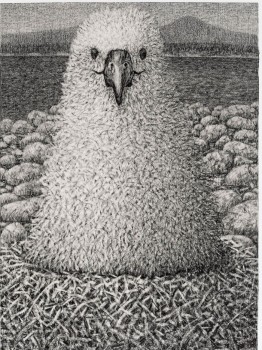UPDATED: The conference website is now live.
The 13th International Seabird Group Conference will be held in in Edinburgh over 6-9 September 2016. The venue will be the John McIntyre Conference Centre, close to the Scottish Parliament and the Royal Mile and set in the shadow of Arthur's Seat at Holyrood Park. The conference will commence with a plenary lecture and reception on the evening of 6 September. Three days of talks on all the latest topics in seabird ecology will follow, including further plenary talks from top researchers in the field. Registration will open the week commencing 4 January 2016 with “early bird” and abstract deadlines in 15 April 2016. Further details are to be circulated via the web sites and social media.
“The Seabird Group was founded in 1966 to promote and help coordinate the study and conservation of seabirds. The Group organises regular international conferences and provides small grants towards research and survey projects. The Group actively encourages its members to get involved in surveys of seabirds and other research work.”
Black-browed Albatross in the North Atlantic, photograph by John Larsen
Click here to access information on previous International Seabird Group Conferences, including their abstracts.
John Cooper, ACAP Information Officer, 20 December 2015, updated 21 December 2015

 English
English  Français
Français  Español
Español 